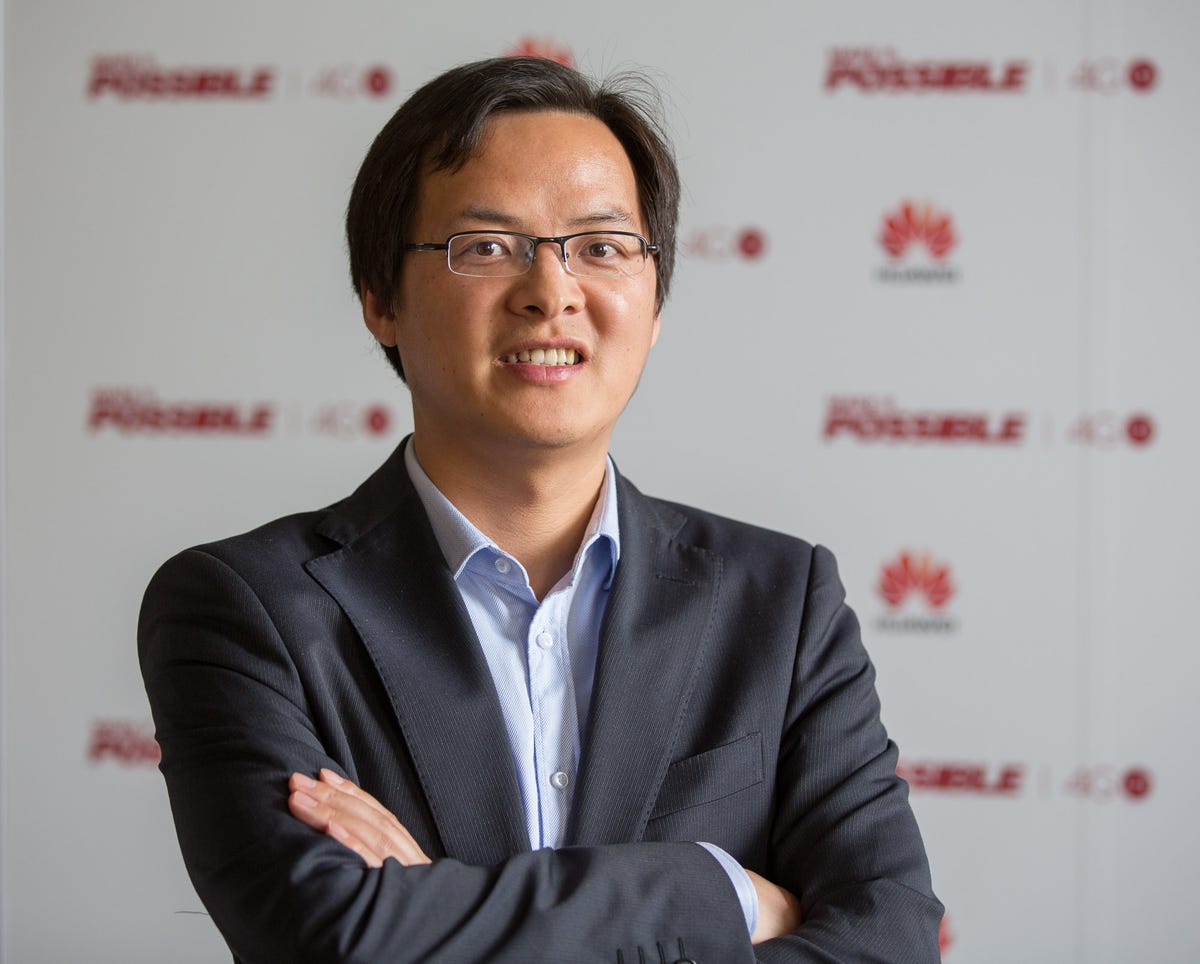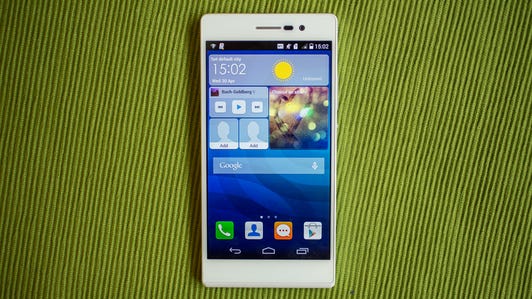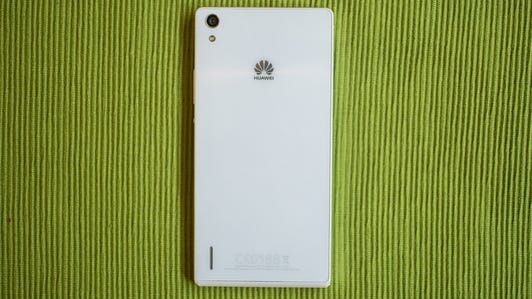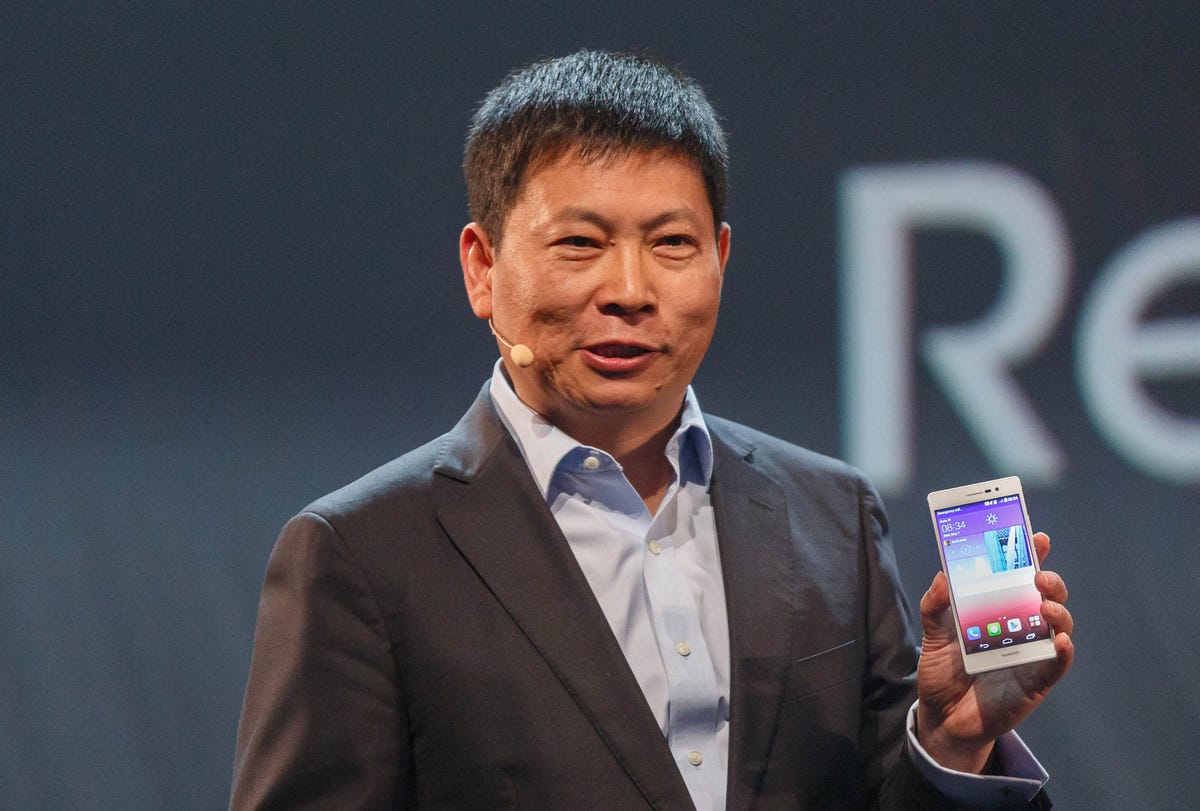
Stephen Shankland/CNET
PARIS — With the launch of Huawei’s Ascend P7 flagship smartphone on Wednesday, the Chinese company also launched a new phase of its ambition for global power.
The Ascend P7 — which will go on sale in June across 33 countries in Europe and Asia for 449 euros (about $665) — is designed to carry the company into the more-profitable high-end handset segment, where customers are style-conscious and profits are higher.
“Value for money is not enough. We have to have premium products to match the requirement from the market,” Richard Ren, president of Huawei’s EU consumer business group, said in an interview at the Ascend P7 global launch event here.
The P7 has a 1.8GHz quad-core processor of Huawei’s own design, a 5-inch 1,920-by-1,080-pixel display, a 2,500mAh battery, an unusually powerful 8-megapixel front-facing camera, a 13-megapixel rear-facing camera, and a competitively trim 6.5mm thickness.
Huawei Ascend P7 shows off its narrow glass body (pictures)






It uses version 4.4 KitKat of Google’s Android operating system with Huawei’s Emotion user interface layered on top. But that won’t always be the case. Asked if Huawei plans a Nexus-style phone with Google’s own Android interface, Ren said, “We have a business plan with Google.” He declined to share specifics.
The Ascend P7 high-end push will be disproportionately important for Huawei: the company hopes to more than double sales of its P-series premium handsets from 4 million Ascend P6 models in 2013 to 10 million P7 models in 2014, Ren said. In comparison, its goals for total handset shipment growth are more modest, from 52 million to 80 million, he said.
That means the premium products will increase from about 7 percent to 13 percent of the company’s total sales.
It’s an ambitious goal, but it’s tough. Huawei reached 4.9 percent of global handset shipments in the first quarter of 2014, according to analyst firm IDC, but that’s far short of Apple’s 15.5 percent and Samsung’s 30.2 percent. Those rivals are hardly standing still — nor are LG Electronics, Lenovo, Motorola, and new Chinese challengers like Xiaomi.


Stephen Shankland/CNET
Ren thinks Huawei has entered a new phase of its handset business, though, and will reap the business rewards. It started as a manufacturer of others’ handsets but then decided on a three-phase plan to become a well-known brand, too.
The first phase was “break through” to establish a foothold and convince sales partners that Huawei is a brand they can trust. The second phase began last year: growth. The third phase is to be a leader, which means more than 15 percent market share worldwide.
How soon will Huawei enter the third phase? “We will finish the second stage in the year of 2017,” Ren said. When the company reaches the leadership stage, it will be rewarded with easier sales as people recommend Huawei phones to friends and family and brand loyalty increases, he added.
Much of Huawei’s success has come from its strong position in its home market. While the company has made strides in select countries around the world, it remains essentially shut out in key markets such as the US, where its brand is virtually nonexistent despite a campaign to build awareness.
Huawei will sell the P7 in the US, though it won’t start there. “For operator resale channels, we still need discussions with our customers,” Ren said, referring to partners like AT&T, Verizon, Sprint, and T-Mobile that are responsible for shipping many phones into consumers’ hands.
How exactly does a company become recognized? In Europe, one successful route has been sponsoring soccer teams in the UK, France, Italy, Spain, and Germany.
Globally, the number of consumers that recognized Huawei as a smartphone maker more than doubled to 52 percent from 2012 to 2013. It’s even more in some countries: 60 percent in Spain and 58 percent in Germany.
“It helped us a lot to improve the brand awareness,” Ren said.



